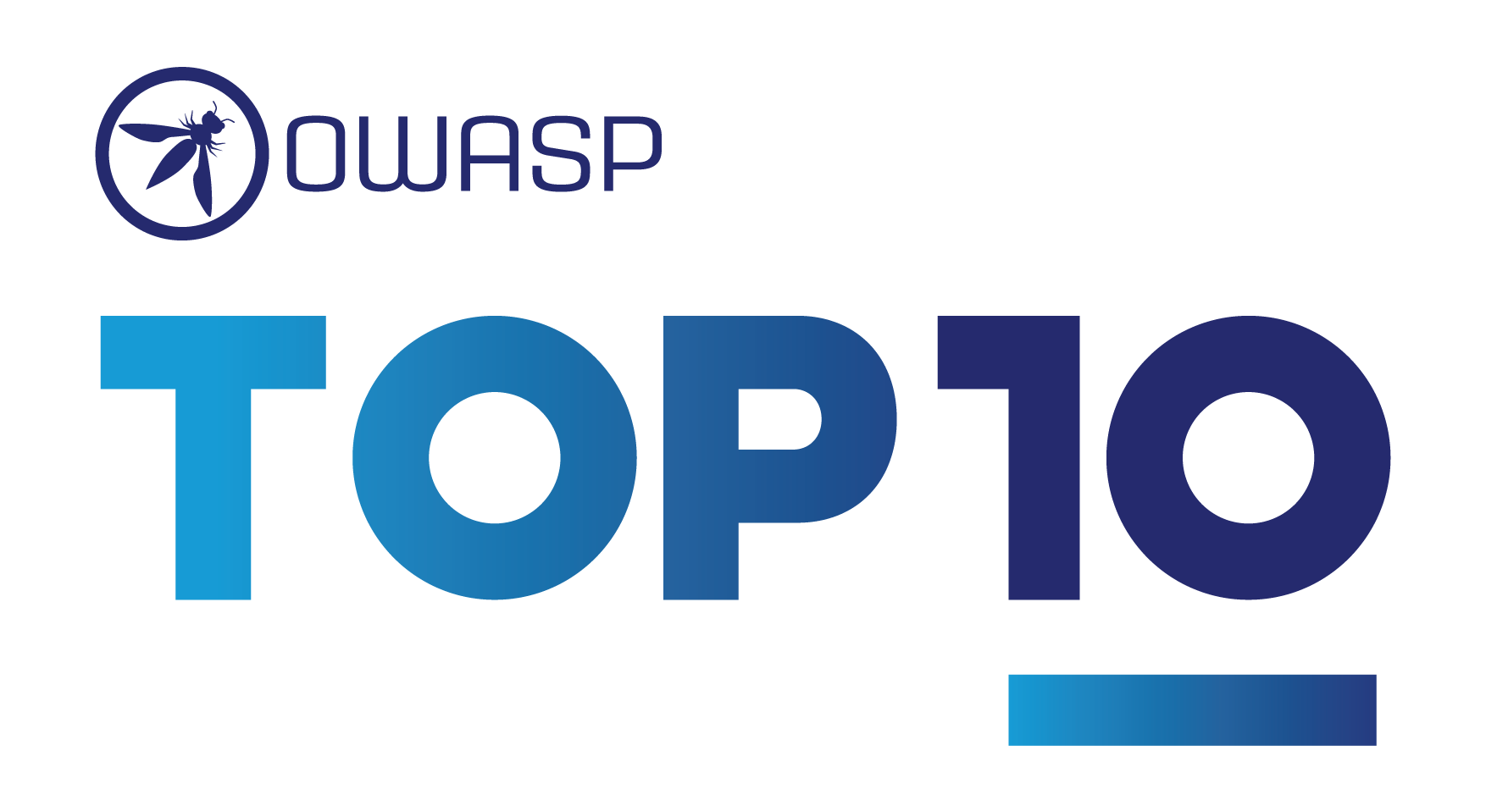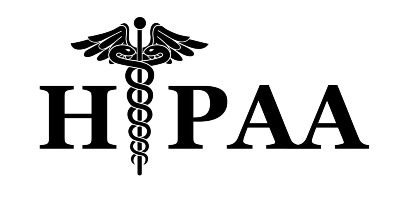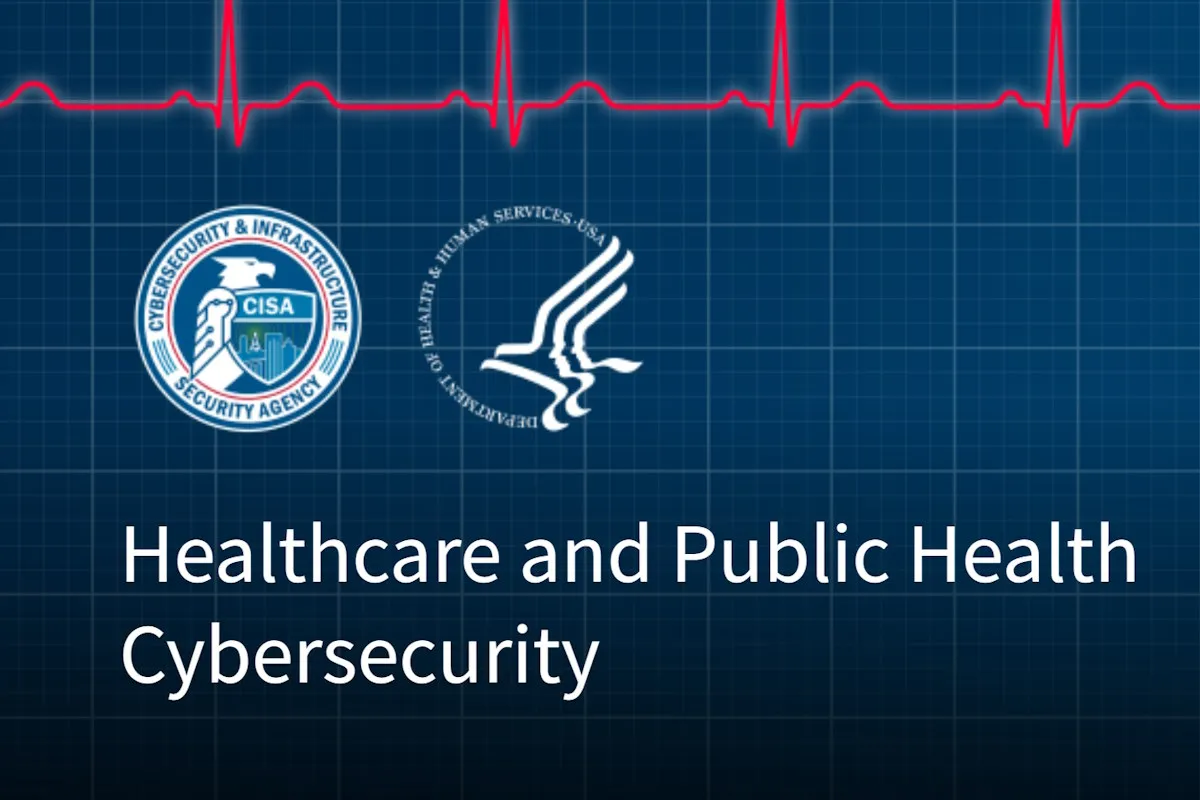In the fast-evolving world of digital health, patient information, and sensitive medical data are at the forefront. As digital health software providers, your mission is to deliver innovative and secure solutions that enhance patient care, streamline operations, and drive advancements in the healthcare industry. However, this mission comes with the responsibility of safeguarding patient data from cyber threats. In 2023, this responsibility is more critical than ever, as the Open Web Application Security Project (OWASP) releases its Top Ten vulnerabilities for the year. In this article, we’ll explore how these vulnerabilities relate to digital health software providers and offer insights into mitigating these risks to ensure patient data remains confidential and secure.
Understanding the OWASP Top Ten
The OWASP Top Ten is a compilation of the most critical security risks to web applications. It serves as a guide for developers, security professionals, and organizations in identifying and mitigating potential threats. With the healthcare sector’s increasing reliance on digital technologies, digital health software providers need to be well-versed in these vulnerabilities to protect their systems and, most importantly, their patients’ data.
Let’s dive into the 2023 OWASP Top Ten and see how each vulnerability relates to digital health software:
1. Injection
Injection vulnerabilities can lead to disastrous consequences in digital health systems. Imagine a scenario where malicious code is injected into a system, altering the meaning of critical commands. This could lead to incorrect diagnoses, incorrect medication doses, or unauthorized access to patient records. Digital health software providers must put robust coding practices in place to prevent these attacks.
2. Cryptographic Failures
In the digital health sector, patient data security is paramount. Cryptographic failures can expose sensitive patient information, putting patient privacy at risk. Proper encryption, both at the storage level and during data transfer, is crucial. Additionally, digital health systems should be designed to ensure data protection even when encryption measures fail.
3. Insecure Design
Insecure design in digital health software can introduce vulnerabilities at the core of the application. Early planning should include a security-first mindset, incorporating threat modeling and secure design patterns. Identifying and addressing security issues at the planning stage is far more efficient than dealing with them later when the application is in use.
4. Broken Access Control
Digital health applications often store and manage highly sensitive patient data. Broken access control can lead to unauthorized parties gaining access to this information, violating patient privacy. Implementing proper access controls and following the principle of least privilege is critical to protect patient data.
5. Security Misconfiguration
Digital health software providers should take security misconfigurations seriously. Neglecting security best practices can leave software vulnerable to attacks. By following established security configurations and keeping software up to date, you can reduce the risk of breaches.
6. Vulnerable and Outdated Components
In the digital health field, where software is critical to patient care, using outdated or vulnerable components is a recipe for disaster. Continuously vetting third-party components, keeping software updated, and having a clear patch management strategy are essential to mitigate risks.
7. Identification and Authentication Failures
Identification and authentication failures can expose patient records to unauthorized access. Ensuring strong passwords, multi-factor authentication, and implementing proper authentication processes are vital to maintaining the integrity of digital health software.
8. Software and Data Integrity Failures
Integrity failures can compromise the trustworthiness of the entire digital health system. Digital signatures can be a simple yet effective way to verify data integrity and protect against malicious code infiltration.
9. Security Logging and Monitoring Failures
For digital health software providers, monitoring security logs is crucial. Excessive login failures could be indicative of an attack. Real-time monitoring can help identify and respond to security incidents promptly.
10. Server-side Request Forgery (SSRF)
Server-side request forgery can expose vulnerabilities in web applications, making it a significant concern for digital health software. Proper URL handling and rigorous access control measures are essential to prevent SSRF attacks.
Need Assistance Protecting Your Digital Health Solution? We can help.
At Health Tech Defenders, we understand the unique challenges and responsibilities that digital health software providers face. Our company specializes in helping healthcare organizations and digital health software providers implement robust security controls to mitigate the risks associated with the OWASP Top Ten vulnerabilities.
Our team of experts can assist you in:
- Conducting thorough security assessments to identify vulnerabilities in your digital health software.
- Developing and implementing secure coding practices to prevent injection attacks and other vulnerabilities.
- Designing and implementing robust access controls to protect patient data.
- Ensuring secure configurations and timely updates to mitigate security misconfigurations and vulnerabilities.
- Implementing encryption and data integrity measures to safeguard sensitive patient information.
- Setting up monitoring and real-time alerting systems to detect and respond to security incidents promptly.
By partnering with Health Tech Defenders, you can enhance the security of your digital health software and, most importantly, safeguard patient data from potential threats. Don’t wait until a breach occurs; take proactive steps to protect your digital health solutions.
If you have any questions or require assistance in implementing controls to mitigate the risks associated with the OWASP Top Ten vulnerabilities in your digital health software, reach out to Health Tech Defenders today. Together, we can ensure that digital health remains secure, innovative, and patient-centric. Your patients’ trust and well-being depend on it.










